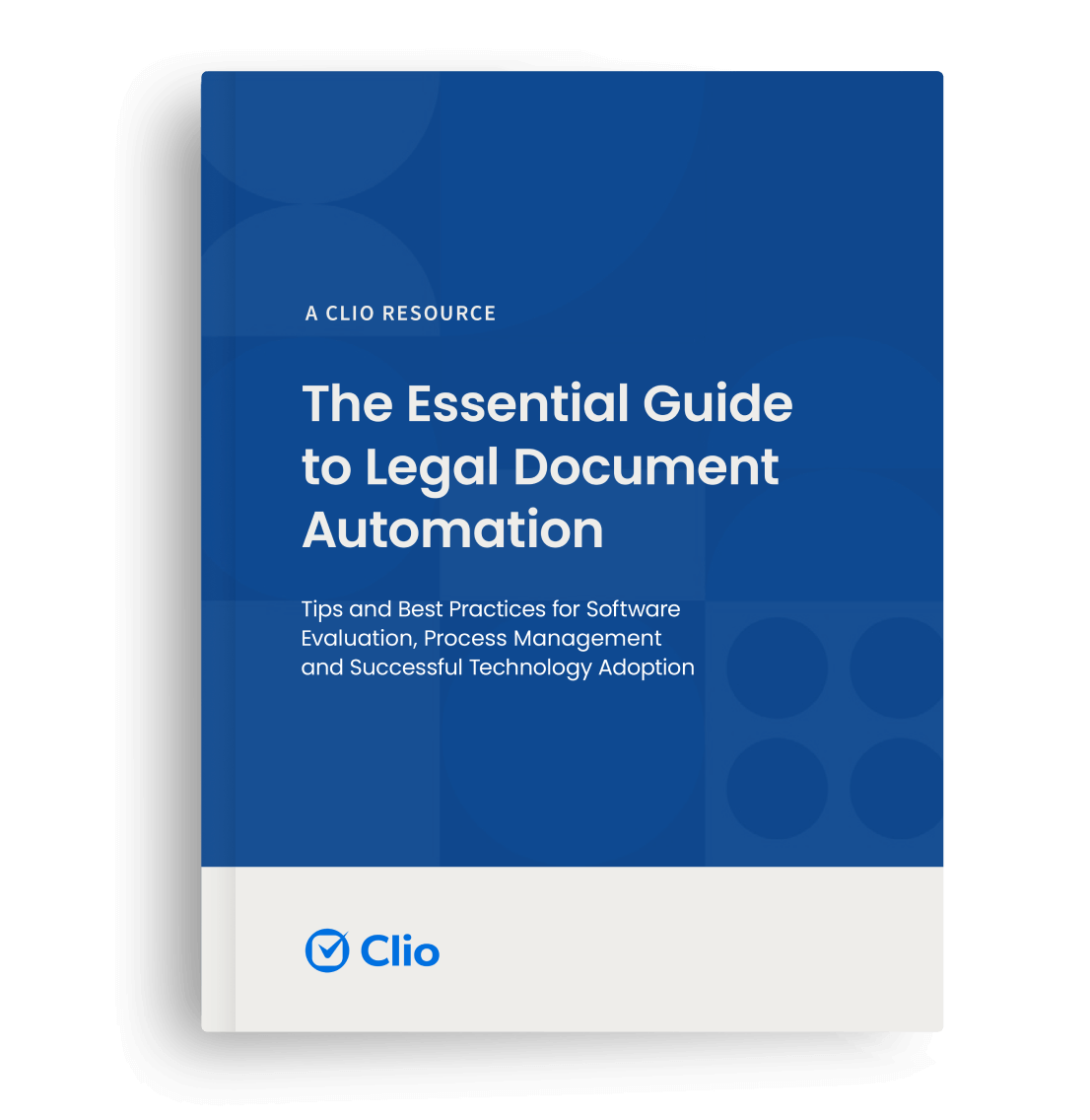Frequently Asked Questions
What are the benefits of implementing workflow automation in a law firm?
Implementing workflow automation in a law firm can bring several benefits, including increased productivity, improved accuracy, and reduced costs. By automating repetitive tasks, legal professionals can focus on more complex and strategic work, leading to higher efficiency and faster turnaround times. Additionally, automation can minimize human errors and ensure consistency in processes, resulting in improved accuracy and quality of work. Lastly, workflow automation can help reduce costs by eliminating the need for manual labor and reducing the risk of costly mistakes.
Are there any potential challenges or risks associated with workflow automation in the legal industry?
While workflow automation offers numerous advantages, there are also potential challenges and risks to consider. One challenge is the initial investment required to implement automation systems and train staff to use them effectively. Additionally, integrating automation into existing workflows and systems may require careful planning and customization to ensure a smooth transition. Furthermore, there may be concerns about data security and privacy when using automated systems, as sensitive client information may be stored and processed electronically. It is crucial for law firms to address these challenges and mitigate risks through proper planning, training, and robust security measures.

The Essential Guide To Legal Document Automation.
Discover the benefits of document automation for law firms in this insightful eBook. Learn how to adopt and adapt internal processes effectively to stay ahead in an evolving legal landscape.





